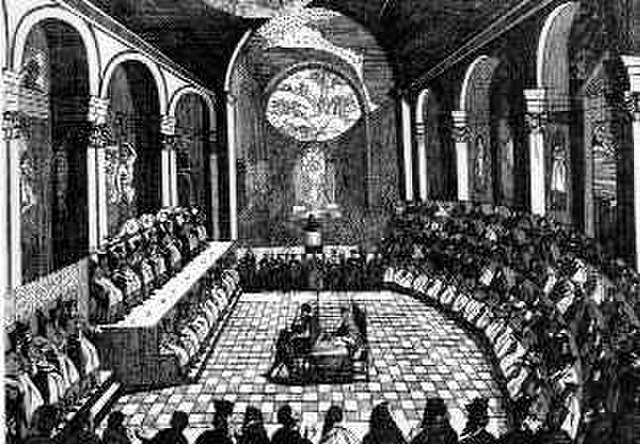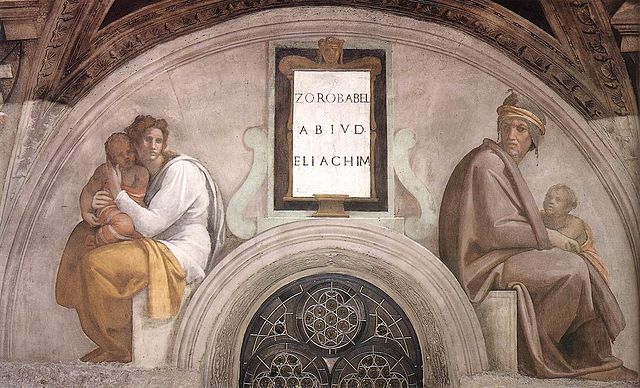Pope Vitalian was the bishop of Rome from 30 July 657 to his death. His pontificate was marked by the dispute between the papacy and the imperial government in Constantinople over Monothelitism, which Rome condemned. Vitalian tried to resolve the dispute and had a conciliatory relationship with Emperor Constans II, who visited him in Rome and gave him gifts. Vitalian's pontificate also saw the secession of the Archbishopric of Ravenna from the papal authority.
Bulla seal of Pope Vitalian
The pope, also known as the supreme pontiff, Roman pontiff or sovereign pontiff, is the bishop of Rome, visible head of the worldwide Catholic Church, and has also served as the head of state or sovereign of the Papal States and later the Vatican City State since the eighth century. From a Catholic viewpoint, the primacy of the bishop of Rome is largely derived from his role as the apostolic successor to Saint Peter, to whom primacy was conferred by Jesus, who gave Peter the Keys of Heaven and the powers of "binding and loosing", naming him as the "rock" upon which the Church would be built. The current pope is Francis, who was elected on 13 March 2013.
Pope Francis in 2021
Gregory the Great (c. 540–604), in a painting by Carlo Saraceni, c. 1610, Rome.
As part of the Catholic Reformation, Pope Paul III (1534–1549) initiated the Council of Trent (1545–1563), which established the triumph of the papacy over those who sought to reconcile with Protestants or oppose papal claims.
A fresco of Eliakim in Sistine Chapel, Vatican City





